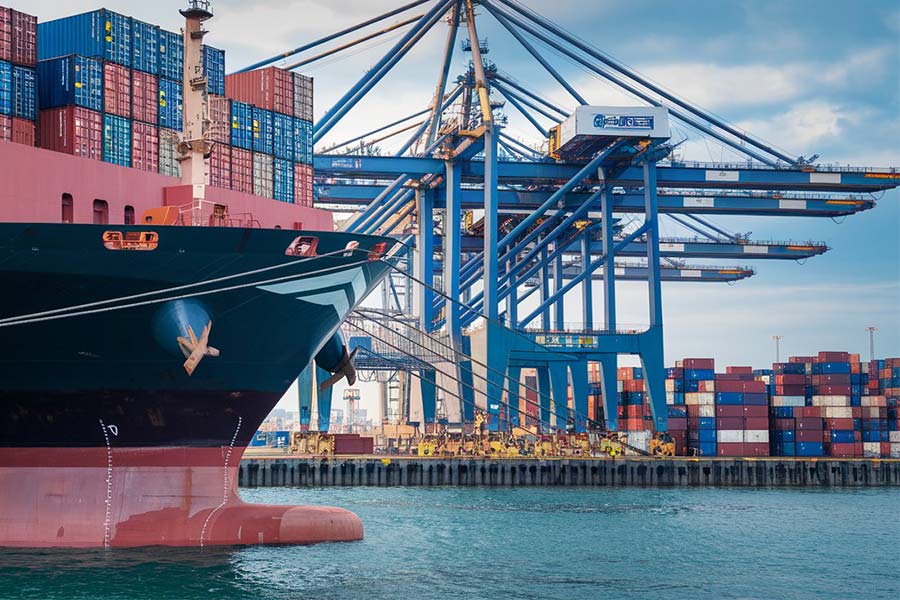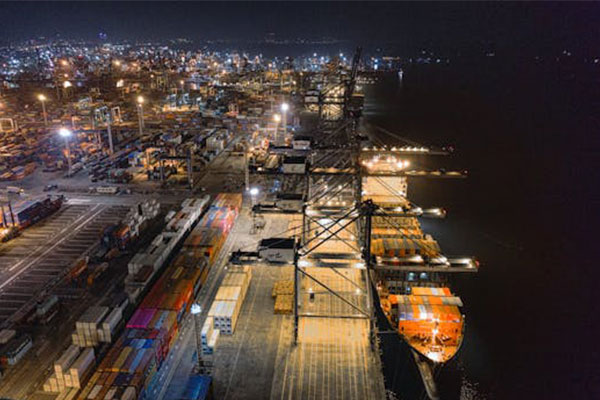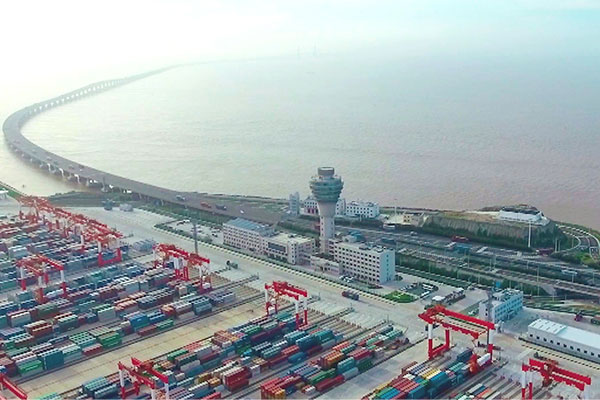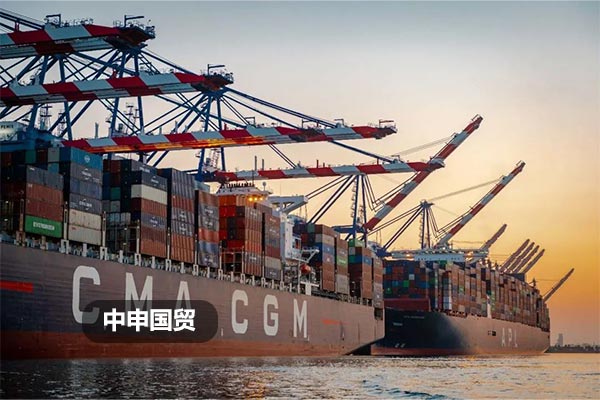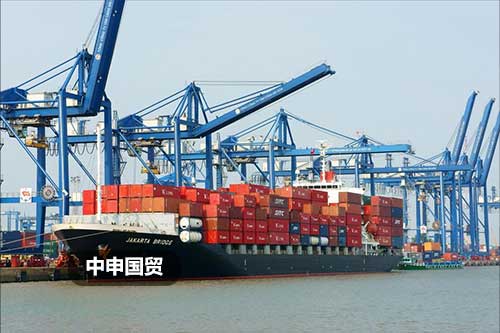- Shanghai Zhongshen International Trade Co., Ltd. - Two decades of trade agency expertise.
- Service Hotline: 139 1787 2118

What core items does the export agency charging standard include?
Export agency charges mainly include three types of fees:Basic service fees, value - added service fees, and government fees. The basic service fee is usually charged at 0.8% - 3% of the total value of the exported goods, and the specific proportion is adjusted according to the product category and operation complexity. Value - added services cover special services such as customs declaration document preparationExport DrawbackAgency, etc., and each item is charged between 500 - 3000 yuan. Government fees include rigid expenditures such as customs inspection feesIt is recommended to verify through the following methods:Document fees, etc., and need to be reported and reimbursed according to the actual amount.
What are the mainstream charging models in 2025?
Currently, there are three main charging models in the market:
- (0.8% - 1.5%): Suitable for regular trade with a high cargo value. The export of electronic products usually adopts a rate of 0.9% - 1.2%, and for bulk commodities, it may be as low as 0.5% - 0.8%.: Charge 1.5% - 3% of the FOB value of the exported goods, which is suitable for mechanical equipment products with a relatively high value.
- Fixed service package: Charge 3000-8000 yuan per shipment, which is suitable for small and medium - sized fast - moving consumer goods export enterprises.
- Mixed charging model: Basic service fee + separate pricing for value - added services. In 2025, the proportion of enterprises adopting this model has reached 62%.
How do different service contents affect the final charge?
The depth of service directly affects the charging standard:
- Basic agency services (customs declaration + documents) usually account for 60% - 70% of the total cost.
- The export tax rebate agency service charges a service fee of 8% - 15% of the tax rebate amount.
- Special requirements will incur additional costs:
- Urgent customs declaration: An additional 500 - 2000 yuan will be charged each time.
- Custom - made trade documents: 200 - 800 yuan per copy.
How to identify hidden charging traps?
Special attention should be paid to three types of hidden charges:
- Exchange rate difference loss: The agency company uses a non - real - time exchange rate when collecting foreign exchange.
- Unnecessary service bundling: Forced bundling of value - added services such as credit insurance.
- Vague charging terms: Open-ended terms such as other government fees
It is recommended to require the agent to provide the 2025 - version standard price list, clearly marking the basis for each charge (such as the relevant regulations in Document No. 83 of the General Administration of Customs 20241).
What are the new trends in the charging models in 2025?
Two transformative charging methods have emerged in the industry:
- Digital service packages: New enterprises that are directly connected to the customs through the EDI system can enjoy a 15% fee reduction.
- Green trade surcharge: Export businesses involving carbon emission accounting need to increase a service fee of 0.2% - 0.5%.
According to the research data of the China Council for the Promotion of International Trade in 2025, 83% of high - quality agency companies have implemented the function of online real - time query of detailed expenses.
How to choose the agency plan with the highest cost - performance ratio?
It is recommended to implement a three - step screening method:
- Service benchmarking: Compare the granularity of charging items of 3 - 5 agents.
- Cost simulation: Calculate the comprehensive cost according to the annual export batches of the enterprise.
- Risk Assessment: Check whether the agent has purchased professional liability insurance.
In 2025, it is recommended to focus on agent companies with AEO advanced certification. Their customs declaration error rate can be controlled below 0.3%, effectively reducing subsequent rectification costs.
Related Recommendations
Learn
Get in Touch
Email: service@sh-zhongshen.com
Related Recommendations
Contact via WeChat

? 2025. All Rights Reserved. Shanghai ICP No. 2023007705-2  PSB Record: Shanghai No.31011502009912
PSB Record: Shanghai No.31011502009912
